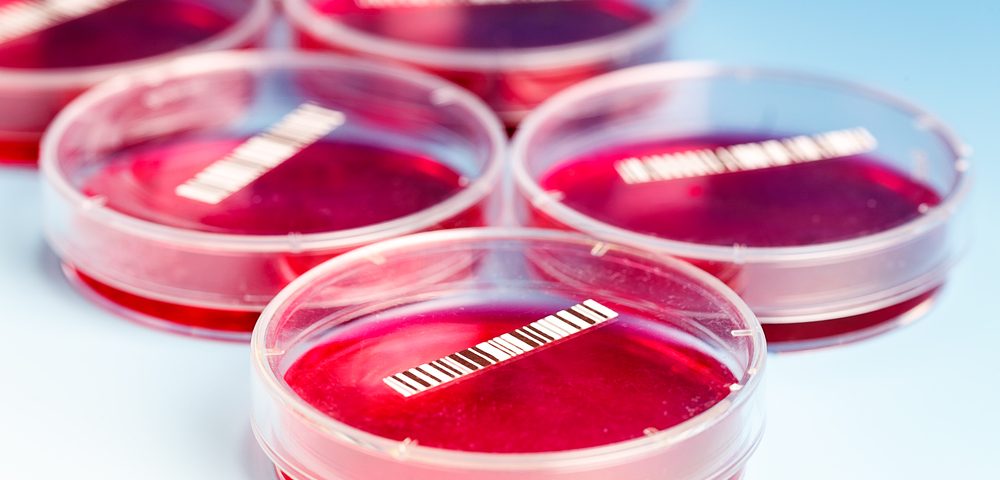Administering immune cells derived from a cancer patient’s own blood may be a promising treatment approach for glioblastoma, providing 50 percent higher progression-free survival rates than the current standard of care.
The study, “Phase III randomized trial of autologous cytokine-induced killer cell immunotherapy for newly diagnosed glioblastoma in Korea,” published in Oncotarget, is the first published study of a Phase 3 clinical trial assessing combined immunotherapy with cytokine-induced killer (CIK) cells.
Glioblastoma is the most common primary malignant brain tumor in adults. Despite current treatment regimens using surgery, Temodal (temozolomide), and radiotherapy, these patients survive for only a median of 14.6 to 16 months.
Although immunotherapy is an available and promising treatment option for certain cancer types, it is not considered an effective treatment option for brain tumors because of the blood-brain barrier and the absence of a lymphatic system that drains the drugs.
A team led by professor Kim Choong-Hyun in the Department of Neurosurgery, Hanyang University Guri Hospital, in collaboration with 11 investigators from seven major hospitals in Korea, sought to determine whether an adoptive cell immunotherapy could be a potential treatment for glioblastoma patients.
This therapy, a highly personalized cancer therapy, involves the administration of anti-cancer cells collected from the patient’s own blood, and then expanded in the lab to enrich them with highly effective anti-tumor cells.
In this randomized, open-label, multicenter Phase 3 trial (NCT00807027), the researchers assessed the efficacy and safety of adoptive immunotherapy with autologous CIK cells (cytokine-induced killer cells), given with standard Temodal treatment, in patients in Korea with newly diagnosed glioblastoma.
The study, conducted from December 2008 and October 2012, enrolled 180 people who were randomly assigned to receive the combination therapy or standard treatment following surgical removal of the primary tumor. Ninety-one patients received about 660 million CIK cells per dosage, 14 times in 36 weeks, while 89 patients received standard Temodal therapy.
CIK cells were obtained by culturing blood cells with interferon gamma, interleukin-2, and a CD3 antibody for two to three weeks. While very small amounts of CIK cells exist in the blood, this method allows for the production of large numbers of such cells.
Results revealed that the combined therapy, including the CIK cell-based immunotherapy, increased patients’ median progression-free survival rates up to 1.5-fold, and induced a 30 percent increase in disease control rates (DCR) compared to Temodal monotherapy (82.4% vs. 63.4%).
Specifically, progression-free survival (PFS) increased from 5.4 months in the Temodal group to 8.1 months in the Temodal plus CIK therapy group. Although median survival rate was also higher in the combination than standard treatment group (22.5 months vs. 16.9 months), results here were not statistically significant.
“While glioblastoma is known as the most common primary malignant brain tumor in adults, it is difficult to conduct clinical trials with a large number of patients in short period of time as its frequency is far lower than tumor in other organs. Particularly, no data of randomized clinical study for combination immunotherapy using CIK-cells was published yet worldwide,” Choong-Hyun said in a press release. “Injection of large volume of CIK cells (about 660 million immune cells per dosage on average) produced by using own blood of patients with glioblastoma extended PFS by about 1.5 times and improved DCR by 30%.”


